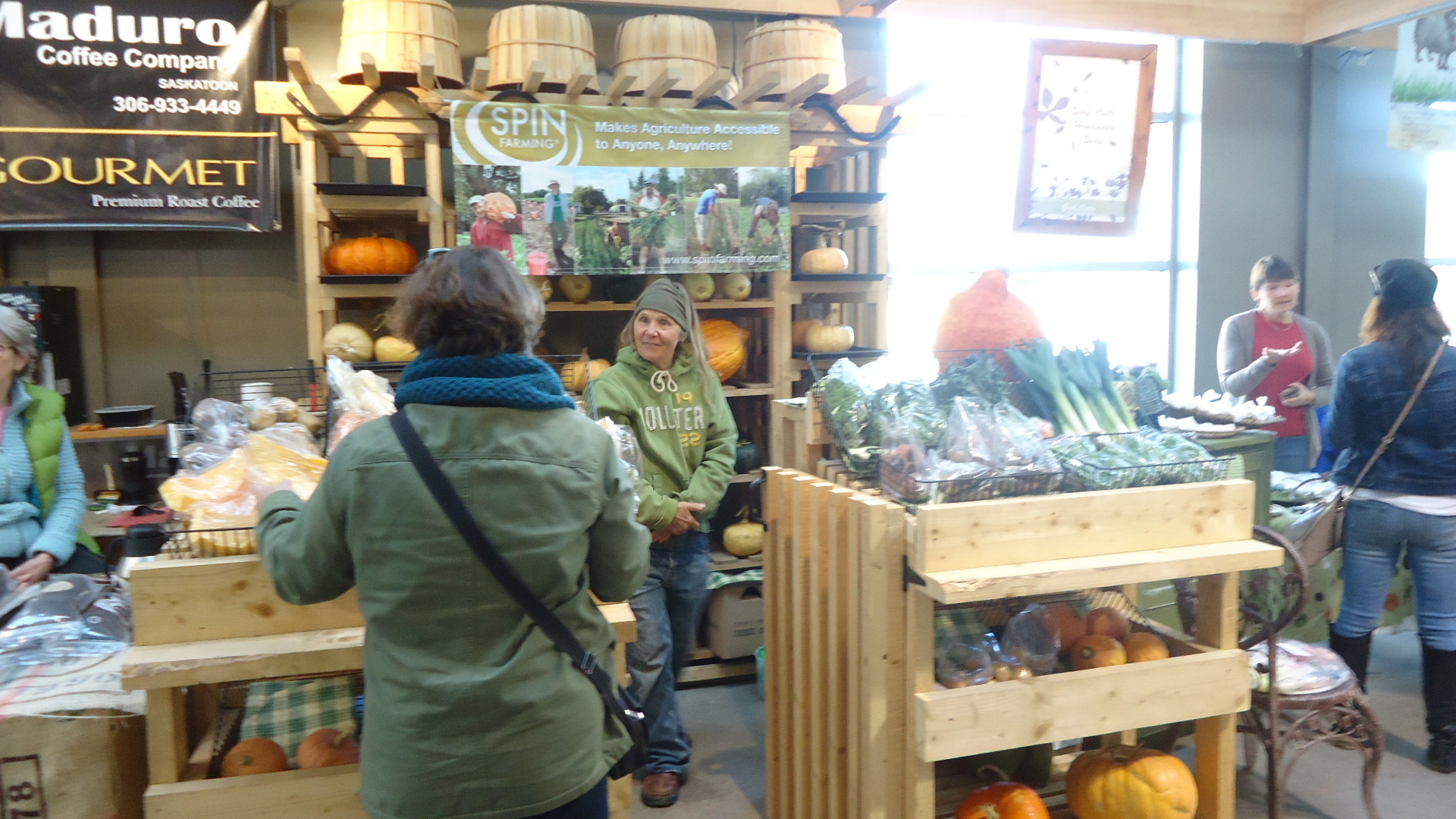Courtesy of Wally S., Wally’s Urban Market Garden, Pleasantdale SK
Pricing is one of the most important elements of marketing. We all know that. The pricing benchmark I set when I first developed the SPIN system was $3 per item or 2/$5. The idea was to use multiple unit pricing to get customers away from thinking about buying in quantity and to buy more items, and make convenient for them to grab and go without having to wait for items to be weighed out.
Customers liked it, and it worked for me. It kept a lot of $5 bills coming my way, and I didn’t have to give out change. Problem was a lot of customers seemed to limit their purchase at $5. So I decided to target $10 purchases. The best way was to make each unit smaller, and change the price to $3 per item, 2/$5 or any 5/$10. This seemed to work, and started getting more $10 sales. Believe it or not, many of my customers said this was too generous.
So I changed my price point yet again. Instead of $3 per unit, I increased it to $5 per unit, keeping unit quantities more or less the same. To make the new price point easier to accept, I made it $5 per unit or 3/$10. That worked. So instead of 5 units for $10, I was selling 3/$10. So less produce for more money. And no complaints from customers. Bottom line is that you have to keep on tweaking your price points. You don’t want to change too often, but don’t get stuck with the same price tier for too long either.
It also underscores the advantage SPIN farmers have over other retailers. Most retail is cut off from any significant dialogue about pricing decisions with those directly affected – customers. So retailers are left with only numbers to try and interpret. We have a HUGE advantage here, selling face to face, especially after you build up a repeat customer base because they’re a group that feels some loyalty and want to see you stay in business! .
Being able to talk face to face with your customers is much better than looking at sales numbers and trying to wring meaning out of them at the end of a market. So when it comes to pricing, use your direct marketing advantage. Just ask. You might be surprised at how much power you have!
LEARN HOW TO PRICE, MARKET AND OPERATE A MONEYMAKING FARM BUSINESS IN THE SPIN ONLINE SUPPORT GROUP. FREE TRIAL MEMBERSHIP WHEN YOU PURCHASE ANY SPIN GUIDE.














